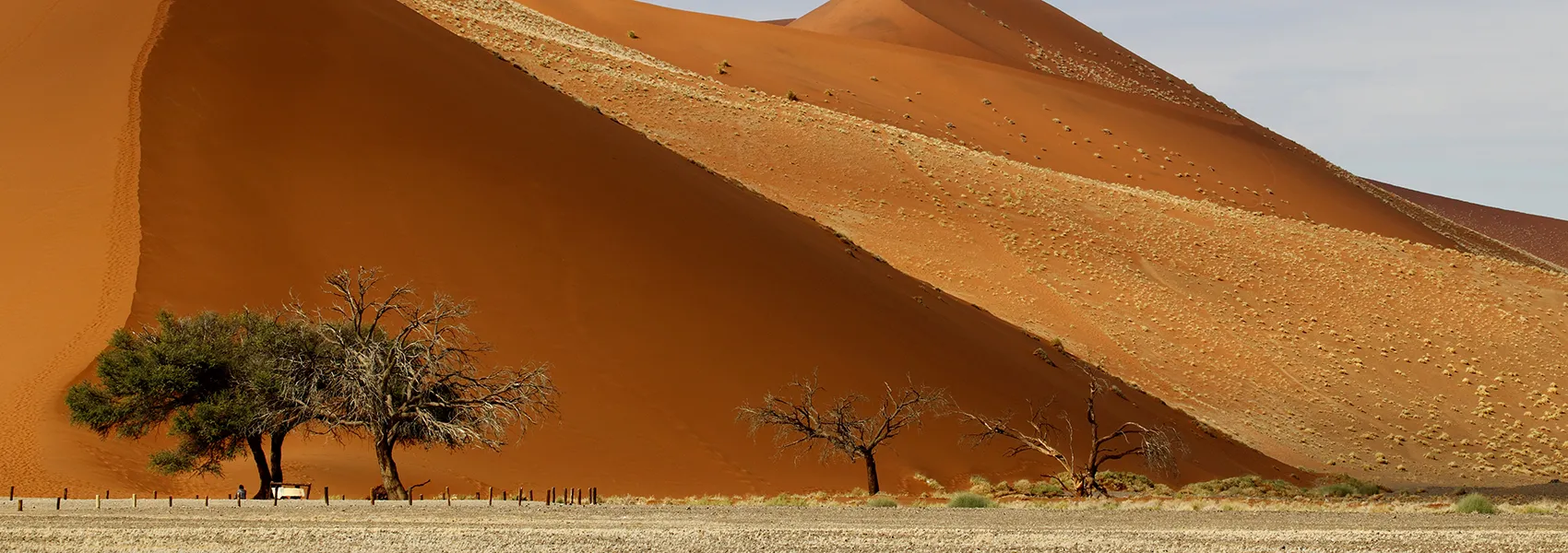
Published 28th Jun. 2021
Reading time
Here is our selection of the most beautiful landscapes not-to-be-missed during your trip to Namibia.
1
This is a salt desert famous throughout Namibia and beyond the country's borders, and probably the country's most iconic landscape. Located in the heart of Namib Naukluft National Park, the Sossusvlei red sand dunes are deeply beautiful, especially at dawn and dusk when the light tinges them with warm hues. The ideal way to visit Sossusvlei is to take a hike, let yourself be overwhelmed with the tranquillity of the desert and then enjoy this sea of dunes, some of which are over 1,200ft high, making them among the tallest in the world.
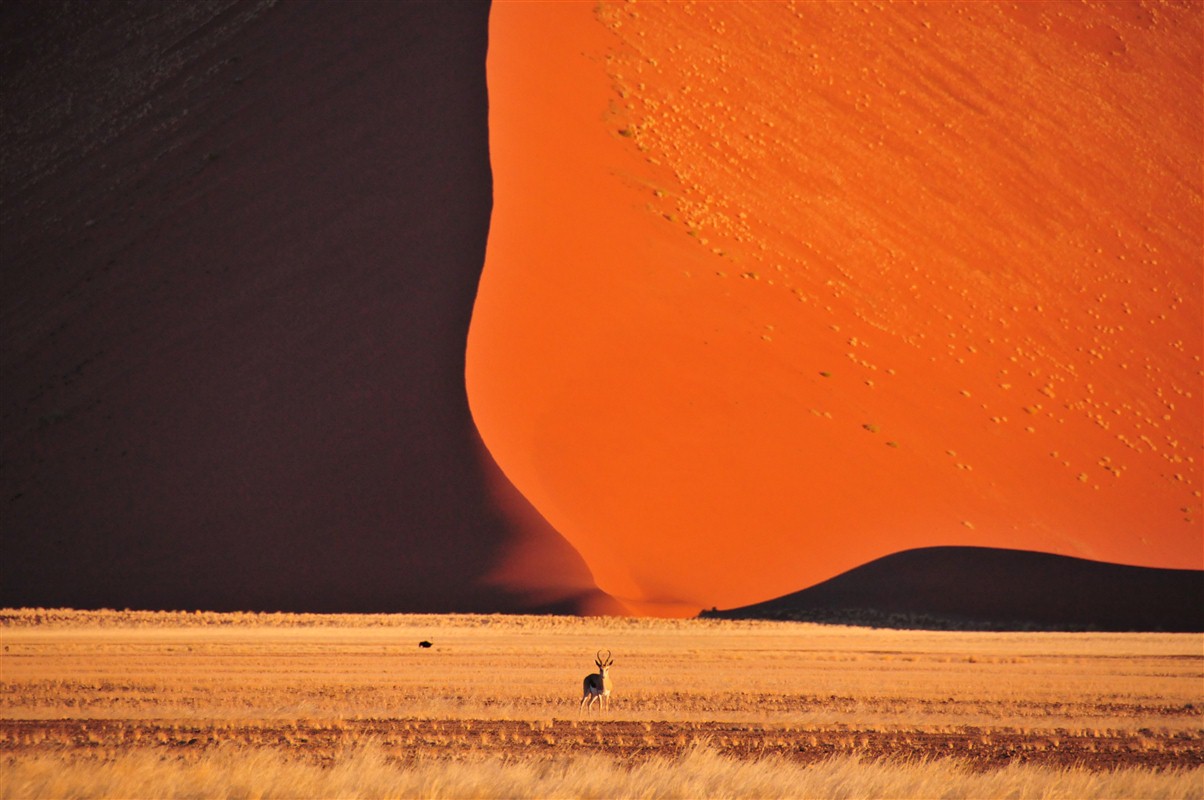
Getty Images
2
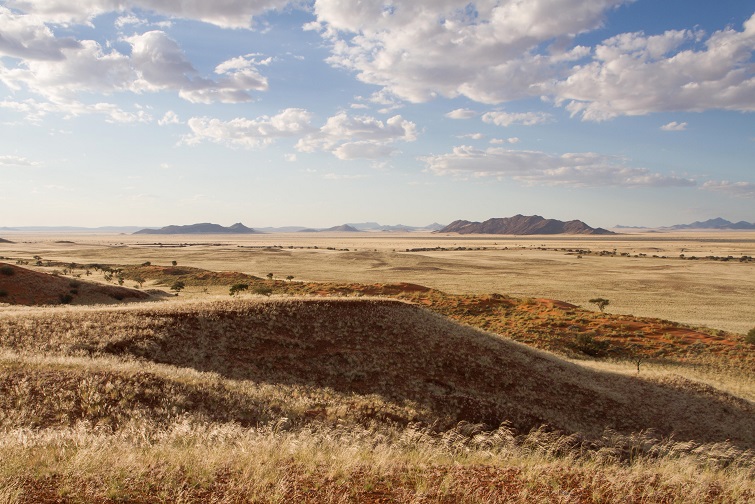
Getty Images
3
While the American Grand Canyon is the largest in the world, the Fish River Canyon in Namibia occupies a beautiful second place, measuring more than 16 miles in length and up to 1,800ft deep. The river which hollowed out this canyon over the centuries doesn't have much of flow these days and reveals some pretty natural pools interspersed with long sandy stretches. While travelling around the Fish River Canyon there are several panoramic views that allow you to appreciate the scale of the place. Those wishing to venture into the canyon will have to put on good walking shoes to embark on the Fish River Hiking Trail. On the way, you'll see Kokerbooms or quiver trees, the national tree.
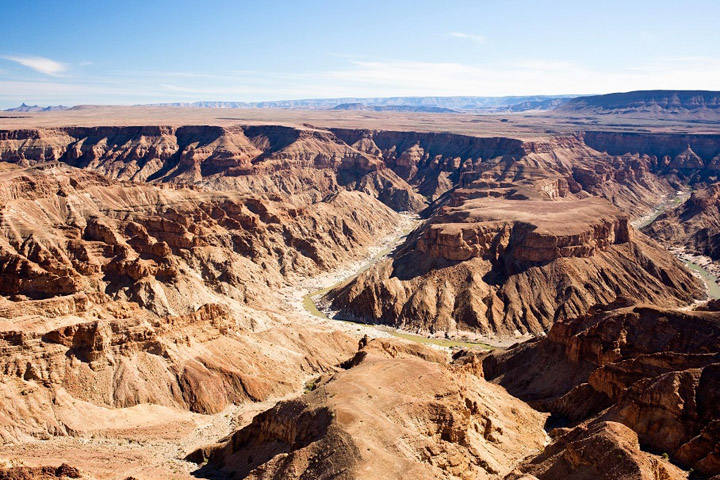
Fotolia
4
A protected nature reserve, where the Namib dunes meet the Atlantic Ocean...
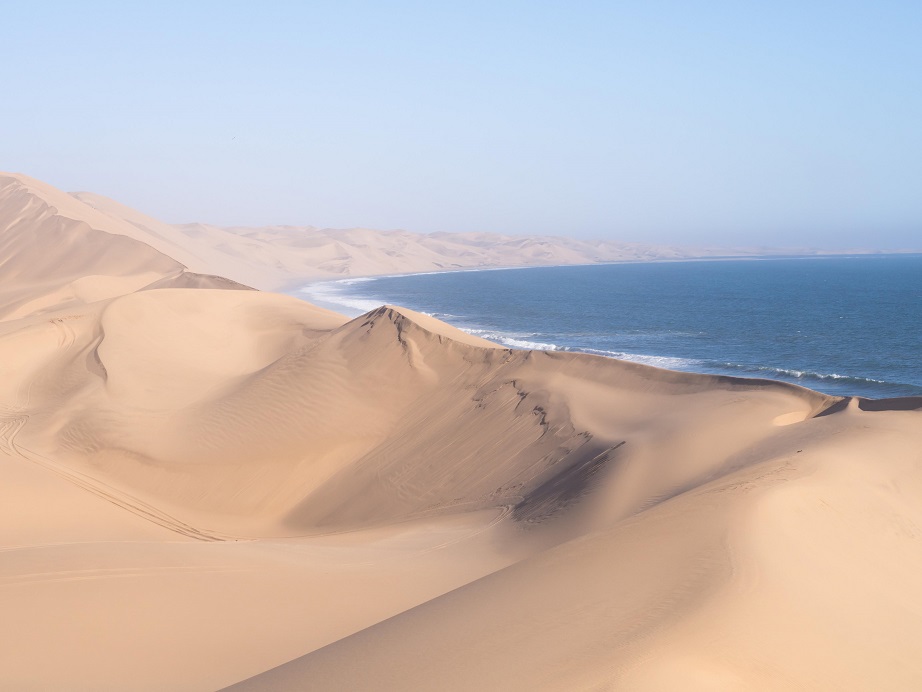
Getty Images
5
Kunene Region
Kunene (also known as Kaokoland) is one of Namibia's 14 administrative regions. Its capital, Opuwo, is further south. When we talk about this region, it often has to do with a stay in the few lodges in the far north of Namibia, not far from the Angolan border. This region is a wild paradise where the desert mixes with the bush, yet another of Namibia's otherworldly landscapes. It is also the region inhabited by the iconic Himba people. If you are staying in the north of this country, you will probably meet them.
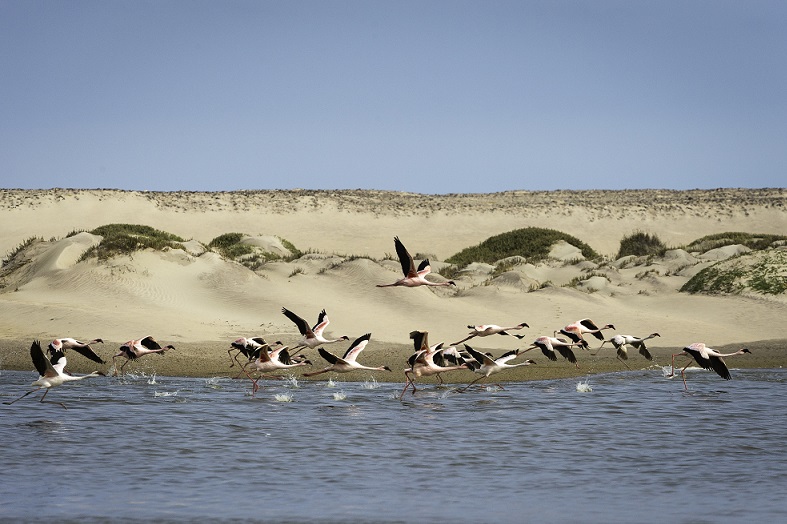
Getty Images
6
Waterberg Park occupies a sandstone plateau around 30 miles long by 10 miles wide, and that rises almost 500ft above the plain. The park is rich in lush vegetation and is home to many rare and endangered species, including sable antelopes, roan antelopes, white and black rhinoceros, buffaloes, leopards and cheetahs. There are also more than 200 species of bird, including Cape vultures and the black eagle.
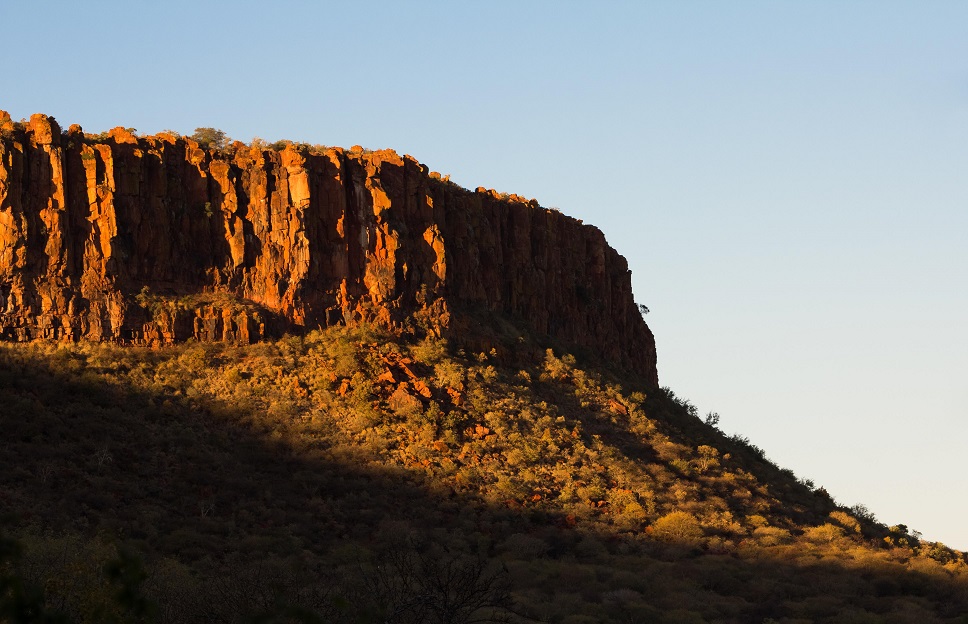
Fotolia
7
One of Namibia's most famous national parks is a vast flat, salt-white area which fills with water during the rainy season and which has arid areas dotted with thorny trees and shrubs. 250 miles north of Windhoek, towards the Angolan border, a stay in Etosha allows a varied and amazing range of fauna to be observed, including gnus, giraffes, lions, springboks and oryxes as they gather around watering holes. A trip to Etosha also brings you to the fascinating ghost trees, a petrified forest that rises up in the middle of the desert, and to the fort of Namutoni, a reminder of the German colonial era.
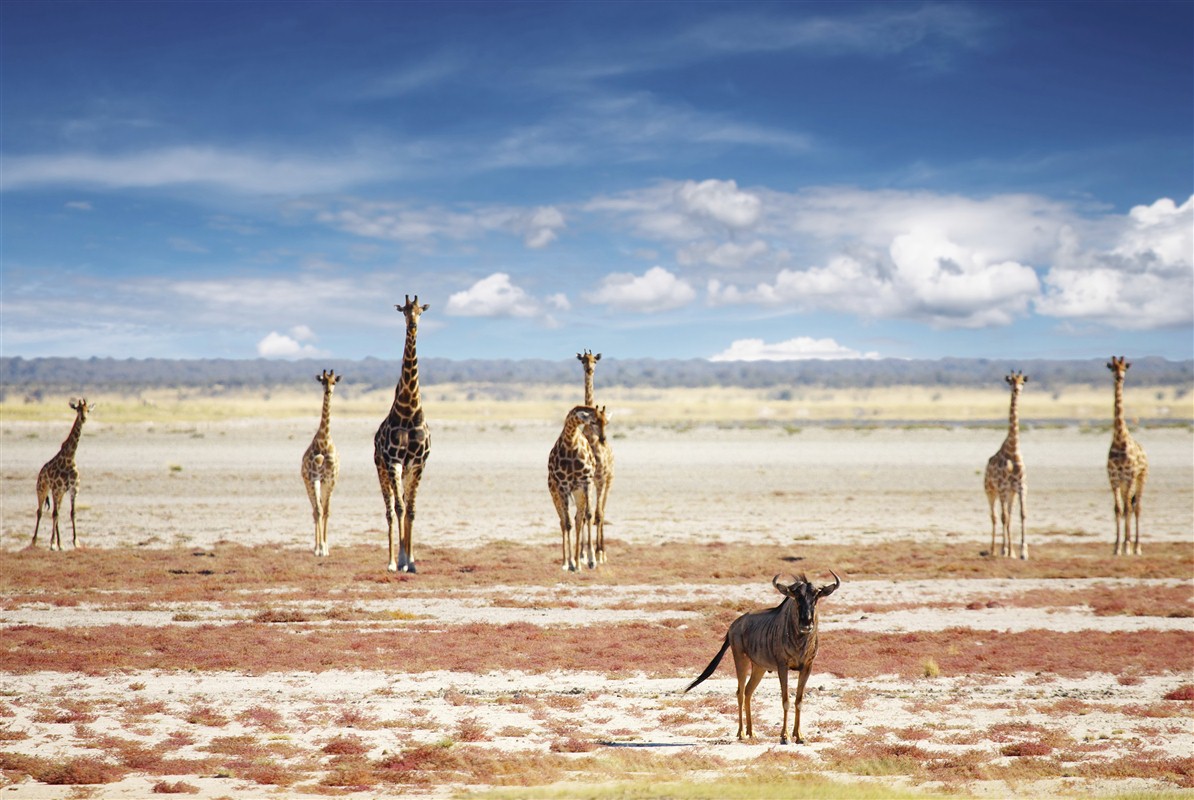
Getty Images
8
It is often forgotten that the famous Kalahari Desert, the desert with the longest lines of dunes in the world, also crosses Namibia. On the outskirts of Botswana, South Africa and Namibia, the Bochimans territory is home to vast expanses of red dunes and yellow savannah. Here you'll see fabulous native wildlife. This trip to the Kalahari Desert will make you love the laterite colour of its sand, dotted with vegetation stretching endlessly into the distance. Here there are no high dunes, but a space that the wind often models into the form of a corrugated iron sheet.
9
Walvis Bay or whale bay. That's a name that says a lot about the pleasure you can take here watching the Atlantic Ocean stretching out there. Walvis Bay has only been Namibian since 1994 because it is an ancient South African territory in the heart of this former German colony. The richness of Walvis Bay is its marine wildlife, very abundant due to the Benguela Current which flows by here and promotes plankton growth. So it's not uncommon for visitors ito Swakopmund, almost 20 miles higher up, to take a day trip to Walvis Bay to the seaside. But a trip to Walvis Bay is also an opportunity to experience the Namib Red Desert, which stops a short distance from the coast.
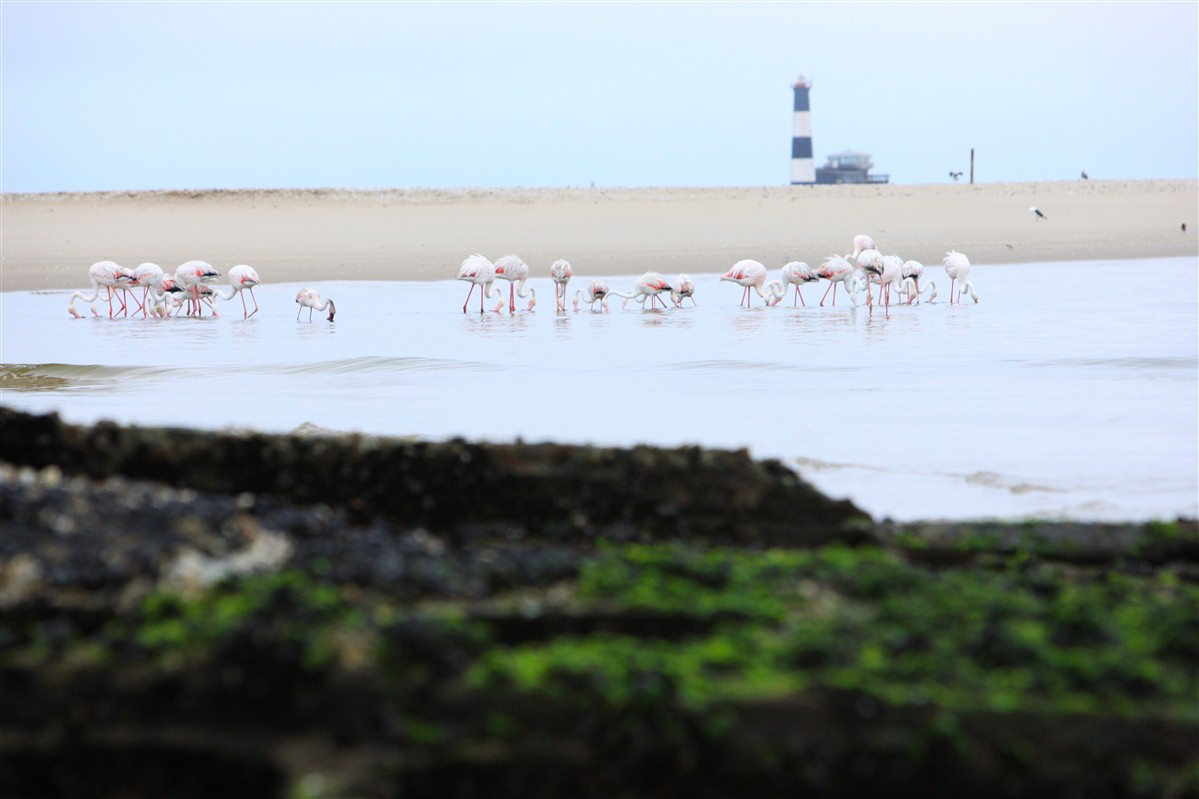
Andy-Kim Moller
10
If the Namib desert sounds like a mythical name, maybe it's because it's the oldest desert in the world. Located in the southwestern part of Namibia, this desert has the distinction of being coastal.
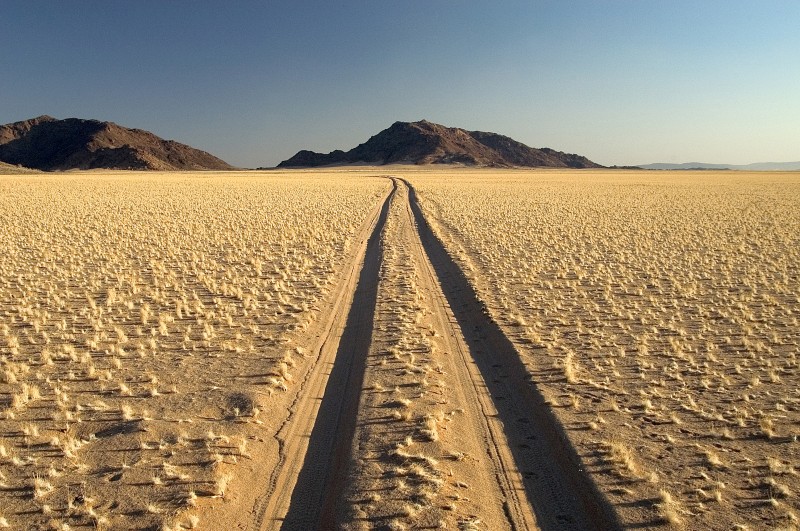
Dana Allen
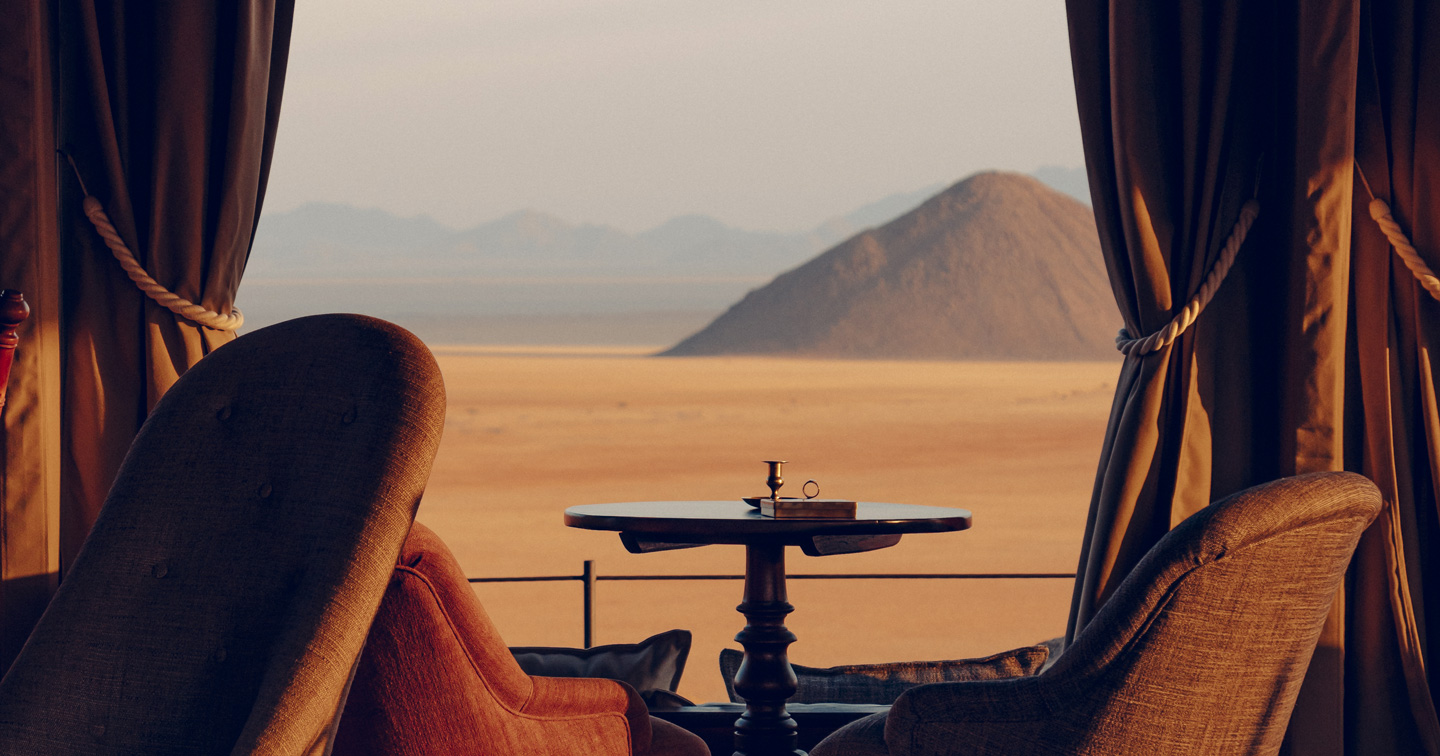
Our trips to Namibia are personalised just for you, from kickstarting a honeymoon with a romantic bush dinner to securing a manual land cruiser for your intrepid self-drive safari. We can arrange your dream accommodation, too, whether your style is more suited to a desert camp tucked in red sand dunes or an Arabic-style fort in a private reserve. What’s more, let us know your interests, and we’ll recommend cultural, historical and sporting experiences that are right up your street.
ENQUIRE NOWPractical advice and inspiration for your next trip
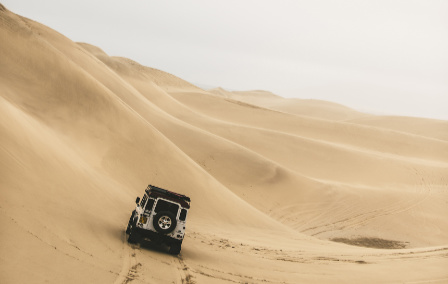
Narrowing down the best national parks in Namibia is no easy feat. But we’re up to the challenge. For excellent wildlife and bird-watching opportunities, head to Etosha National Park and Bwabwata National Park. If you're looking for surreal landscapes, visit Namib-Naukluft and Skeleton Coast national parks, while Ai-Ais Richtersveld Transfrontier National Park is your go-to for rugged hiking trails.
13th February 2025 - Namibia Travel Inspiration
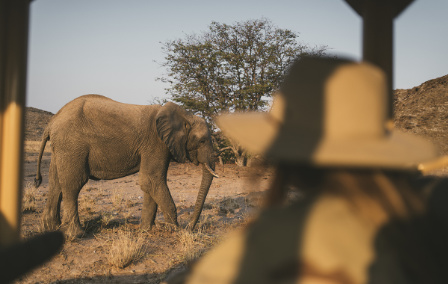
When it comes to sustainable travel, we’ve taken inspiration from Japanese art. Their concept of kintsugi refers to repairing broken pottery with gold lacquer to create something more beautiful than the original. Ever since the pandemic tore the tourism industry to the ground, we’ve wanted to be the gold lacquer piecing travel back to be better than before. So, it’s no surprise that we’ve been shouting about sustainable concepts like undertourism for a whole range of countries – and Namibia is no exception.
3rd June 2024 - Namibia Responsible Travel
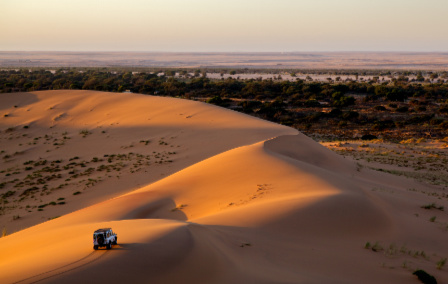
Namibia’s wide open roads, stunning scenery and astonishing wildlife encounters make this southwest African country one of the best places in the world for a self-drive holiday. Having a car gives you the freedom to visit the places you choose at your own pace. Whether you opt for the staggering dunes of Sossusvlei, the haunting beauty of the Skeleton Coast or one of the country’s wildlife-filled national parks, there are a few things to consider when planning a self-drive safari in Namibia; here are our top ten tips to help with your planning.
25th August 2023 - Namibia Travel Tips

Our team of destination experts will get to know you and your unique requirements for your holiday

We work with you to build an ultra-personalised holiday itinerary with your choice of accommodation, experiences and activities

All of our holidays include little extras designed to make a big difference to your trip, from fast-tracking you through airport check-in and security to our network of local Concierges